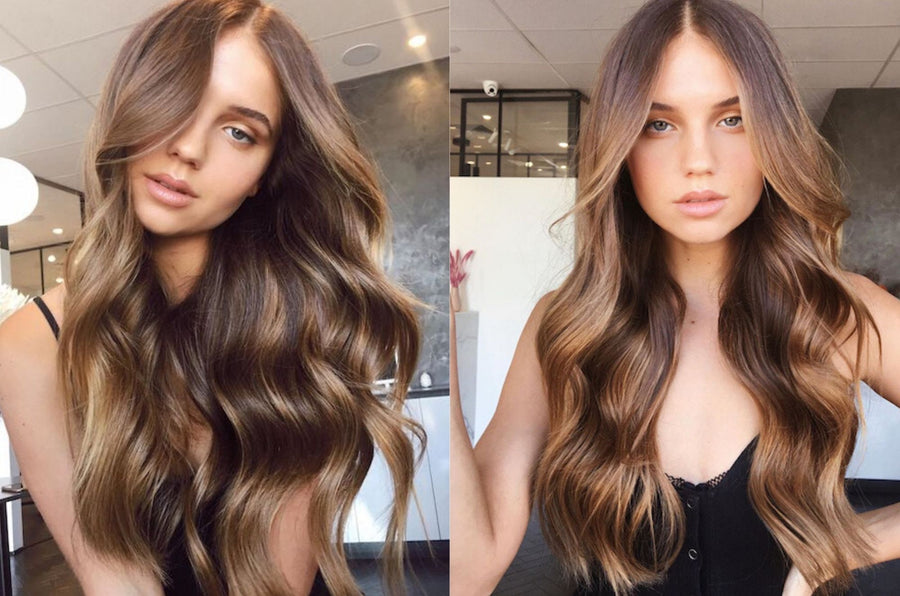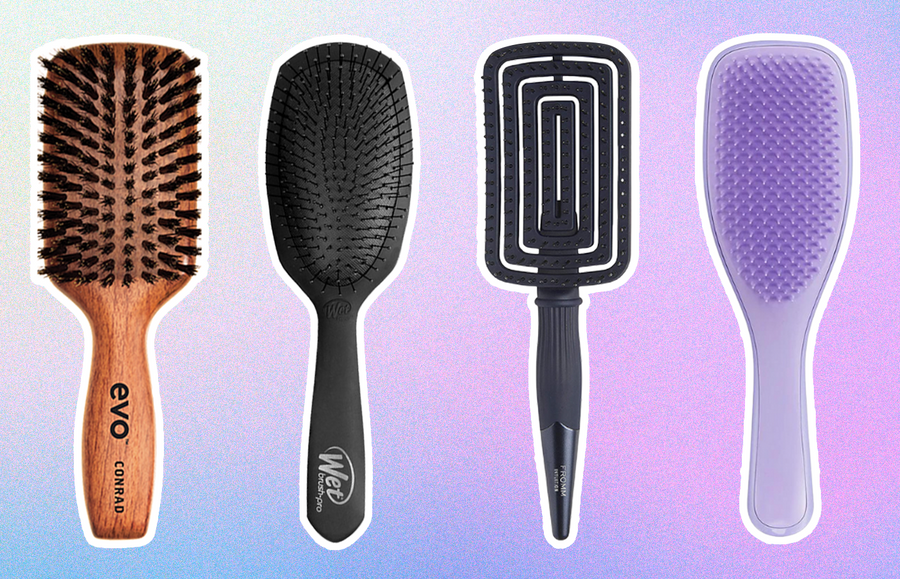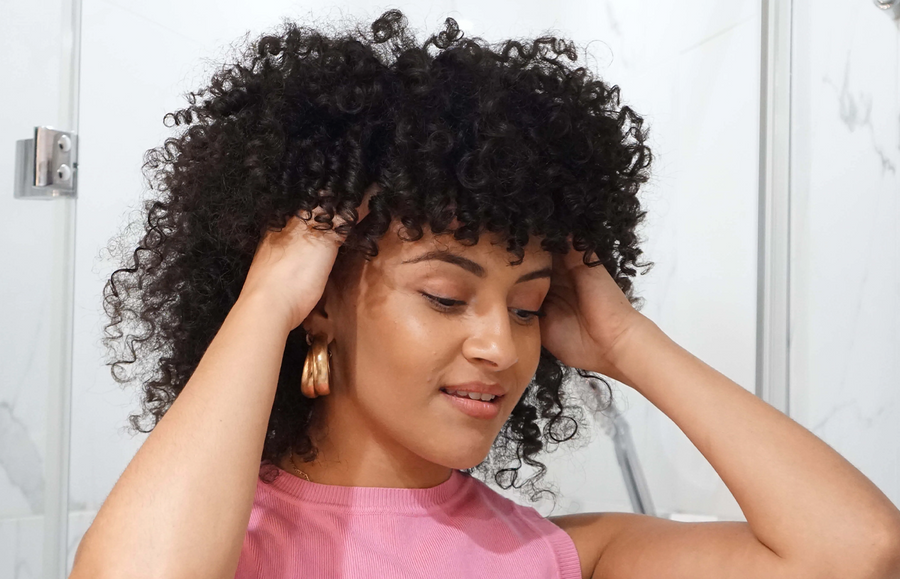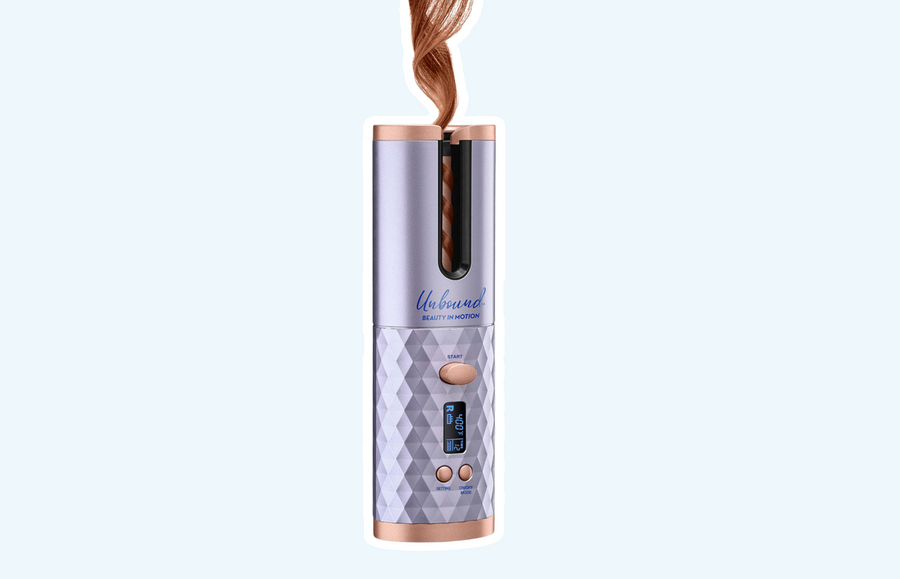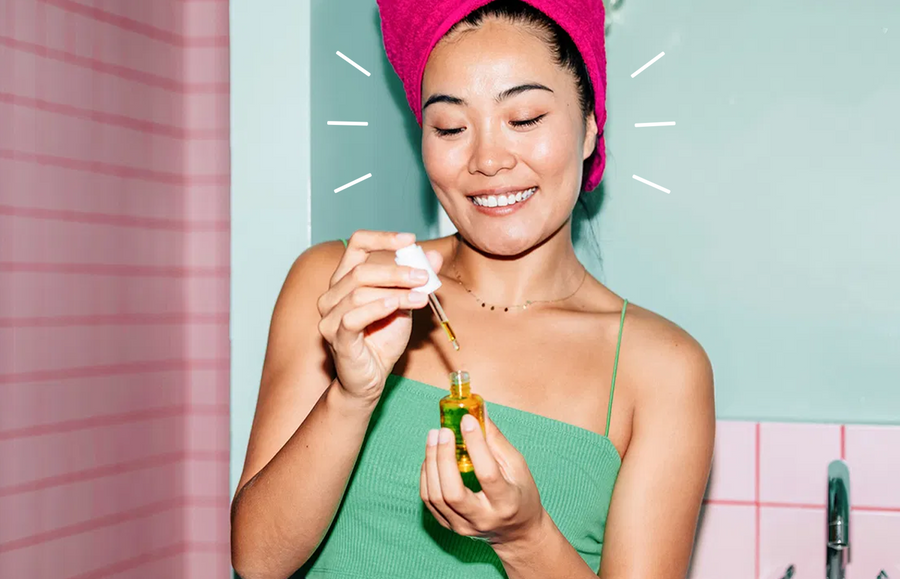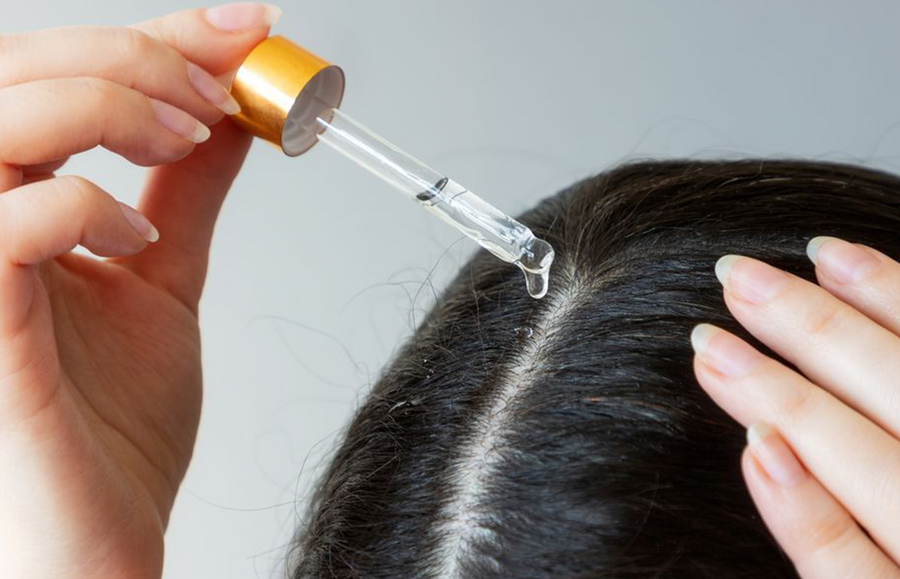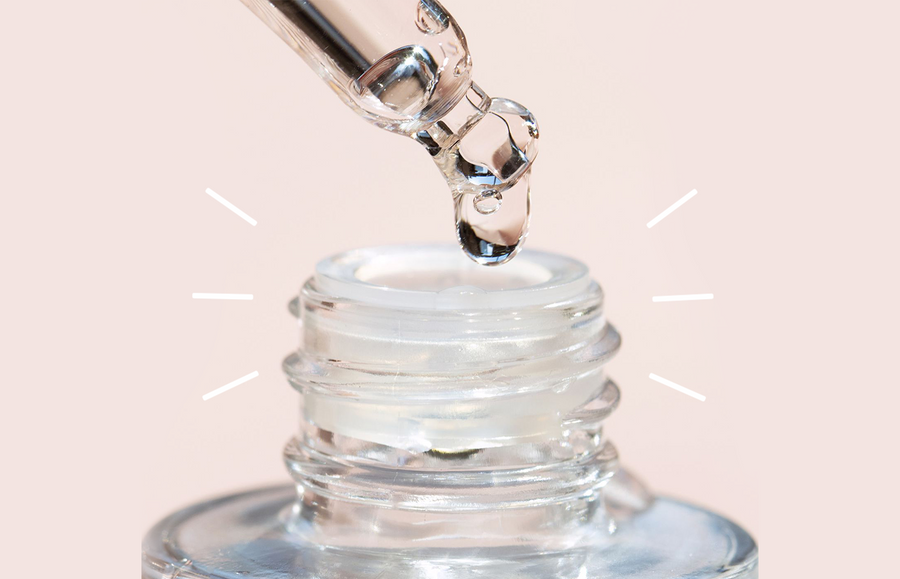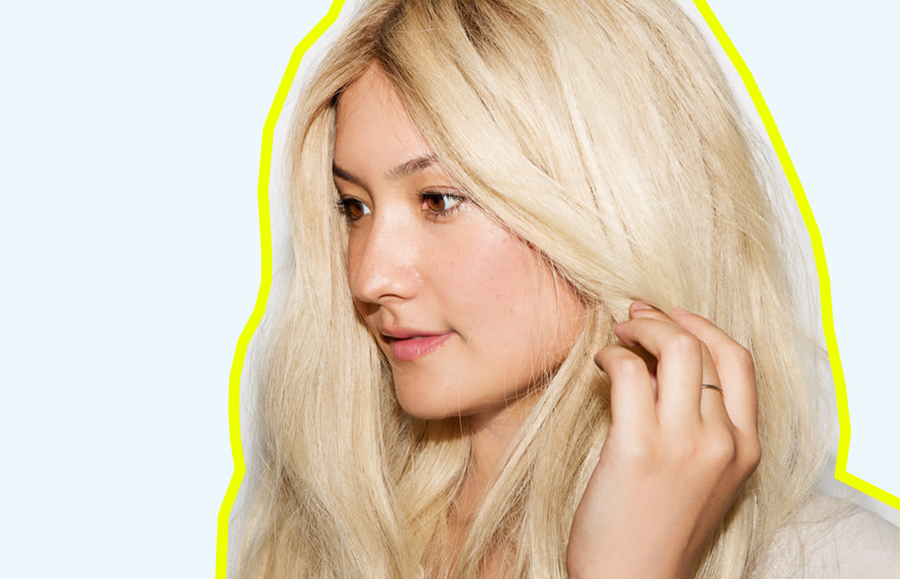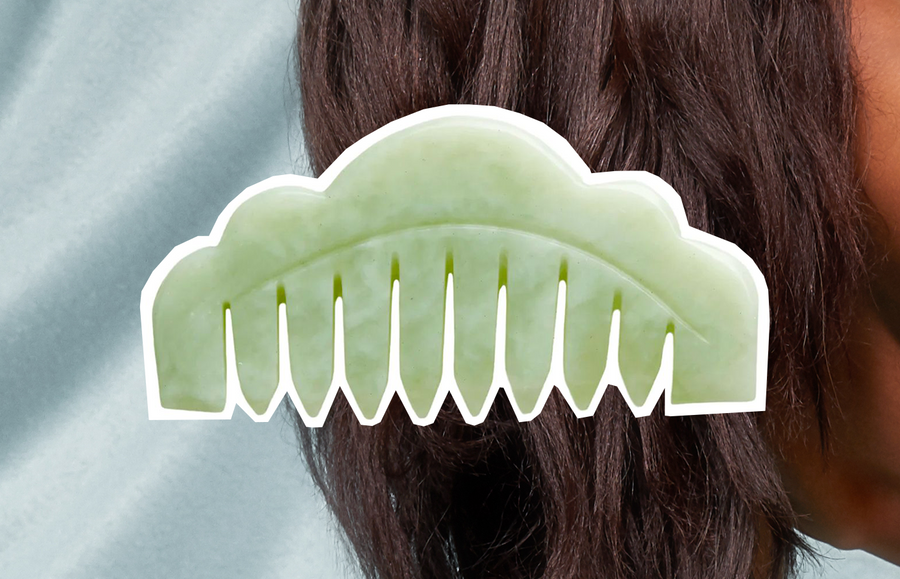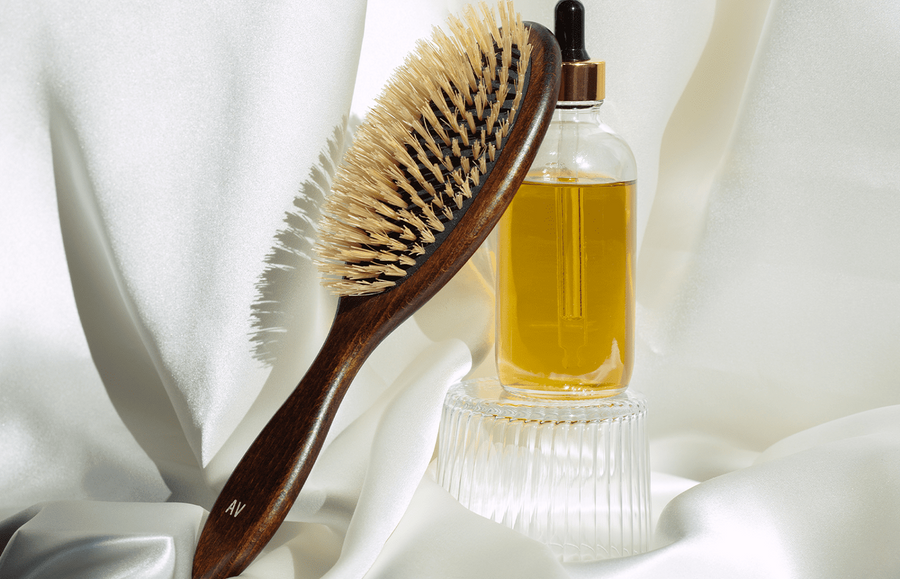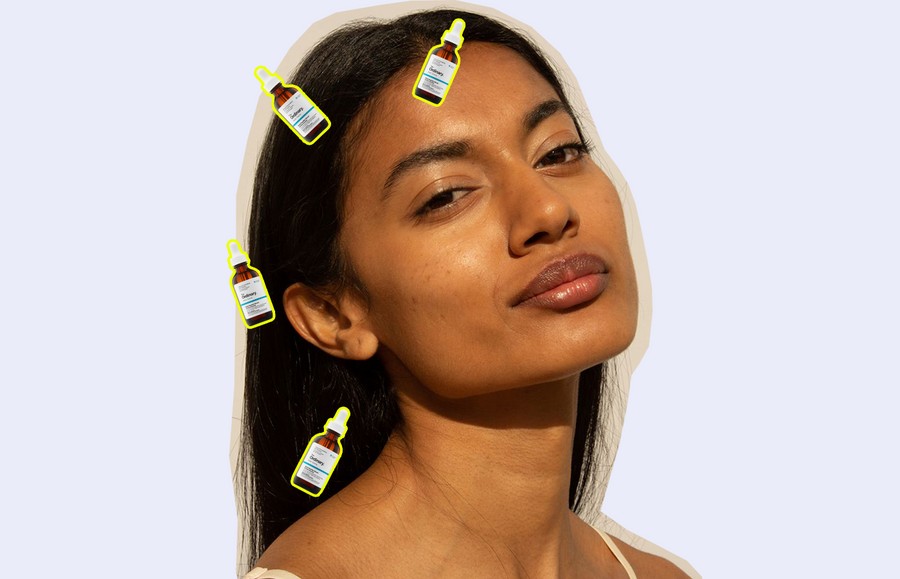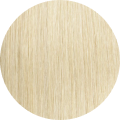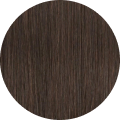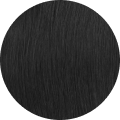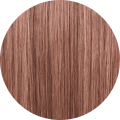If you’ve ever spent time in the beauty aisle at your local drugstore, you’ve likely seen products that boast "silicone" as an active ingredient or claim to be entirely "silicone-free". But what does that mean? And why is it so controversial?
In the beauty industry, "silicone" can easily divide haircare experts. Some believe silicone to be the holy grail ingredient for touchable soft hair. In contrast, others see it as a harmful product that causes hair to dry out. But is silicone bad for your hair? Because there have been so many different opinions, it’s hard to tell whether we must avoid it altogether or embrace it. So here are some of your most common questions and concerns answered:
What Does Silicone Do To Hair?
Silicone is an artificial substance in hair care, such as shampoos, conditioning treatments, and heat protectants.
Essentially, silicone coats the hair shaft, which locks in moisture, reduces frizz, and gives hair that soft and silky feel. It also creates a protective layer to keep other ingredients and heat from styling tools penetrating deep into the hair follicle. This can be especially useful for humidity and heat protectant products.
Is Silicone Bad For Hair?
Silicone hair products are known to seal in moisture, helping your hair stay hydrated from within. However, over time, it can create build-up on your hair. The concern over silicones stems from their ability to make hair feel heavy, dry, and difficult to detangle. You may notice your hair becoming weaker and more prone to breakage, or it may seem dried out and dull.
However, there are many types of silicones, each with different properties. For example, some silicones are a lot heavier and can make hair feel stiff and crunchy, whereas others can make it safer for those with straight or damaged hair to use heat styling tools regularly.
So, is Silicone Dangerous?
Rest assured, silicone isn’t a toxic ingredient. It's completely safe to use and won’t cause any harm to your health. The only danger when using silicone is the strength of your hair. As mentioned above, there are different types of silicone, and many products only contain a small amount to prevent excessive dry tresses.
How Do I Know if a Silicone Hair Product is Safe to Use?
When you see silicones on the ingredients list, remember that some are lighter variants that are kinder to hair, while others are not.
A "good" type of silicone is considered "breathable". These evaporate easily off hair, can be easily washed out, and won’t be harsh or all that damaging to hair. Look out for ingredients such as Cyclomethicone (one of the most common silicones) as well as the following:
- · PEG-8 Dimethicone
- · Bis-PEG- 8 Dimethicone
- · Bis-PEG- 8/PEG-8 Dimethicone
- · Bis-PEG- 18 methyl ether dimethyl silane
- · PEG-8- PG-coco glucoside dimethicone
- · Dimethicone PEG-X phosphate
- · Dimethicone copolyol
- · Dimethicone
- · Dimethiconol
- · Disiloxane
- · Dimethicone copolyol
- · Hydroxypropyl Polysiloxane
- · Lauryl dimethicone copolyol
- · Phenyltrimethicone
- · Silica
- · Silicone resin
- · Siloxysilicates
- · Trisiloxane
Other types of silicones may be harder to remove from your strands and may dry them out significantly. Amodimethicone and dimethicone tend to be thicker types of silicone that can weigh down the hair and cause breakage. These types of silicones tend to be very common as well, so make sure you read the ingredients list carefully. These are some silicones you may want to avoid:
- Aminopropyl Dimethicone
- AmodimethiconeBis-aminopropyl Dimethicone
- Dimethicone
- Cetrimonium bromide
- Dimethicone Crosspolymer
- Vinyldimethicone Crosspolymer
- Aminopropyltriethoxysilane
- Behenoxy Dimethicone
- Bis-Phenylpropyl Dimethicone
- Cetyl Dimethicone
- Cetearyl Methicone
- Dimethiconol Hydroxystearate
- Polysilicon-18 Cetyl Phosphate
- Propyl Dimethicone
- Stearoxy Dimethicone
- Stearyl Dimethicone
- Stearyl Methicone
- Trimethylsiylamodimethicone
Is Silicone Bad for Curly Hair?
Again, as far are health-wise, a moderate amount of silicone won’t destroy curly hair—silicone can actually be fantastic for curly hair that's prone to frizz. However, because certain types of silicone can weigh down hair, it can affect a curl’s natural definition and sometimes even straighten out wavy hair.
That being said, so long as you use a lighter silicone (one that can be washed out), you don’t need to worry too much. But for curly hair girlies who want to keep the bounce, make sure to use either silicone-free products or "lighter" ingredients like Stearoxy Dimethicone and Behenoxy Dimethicone.
How to Get Rid of Silicone Build-up
If you’ve noticed that your hair feels heavier than usual, we suggest using a clarifying shampoo at least once a week to every 10 days, following up with a deep conditioning treatment. Just be careful not to use a clarifying shampoo more than needed, especially since it can strip your hair of sebum (your hair's natural oils that protect it and help hair grow).
On the other hand, if you have curly hair, using a clarifying shampoo weekly can help revitalise your curls and enable products to absorb more easily into your hair.
Another great build-up treatment is a scalp exfoliant like DIY scalp scrubs. This will help any scalp residue that silicone has added, but for ends, it's still important to use a clarifying shampoo too.



